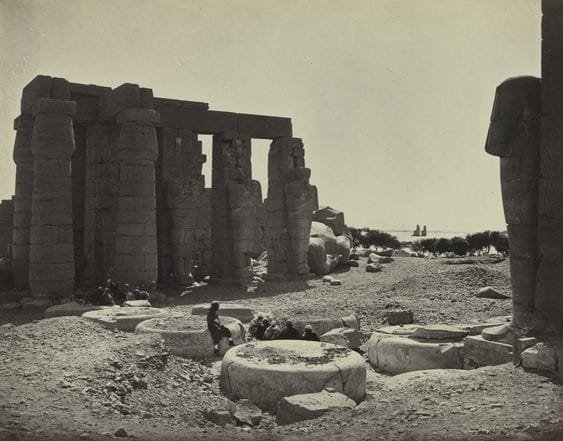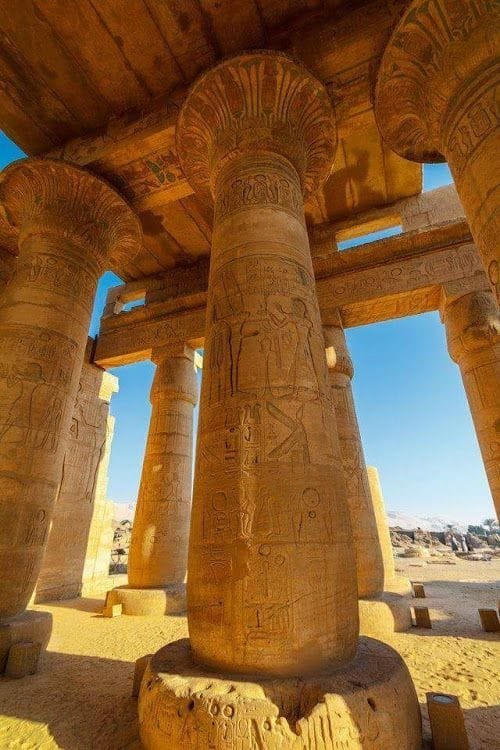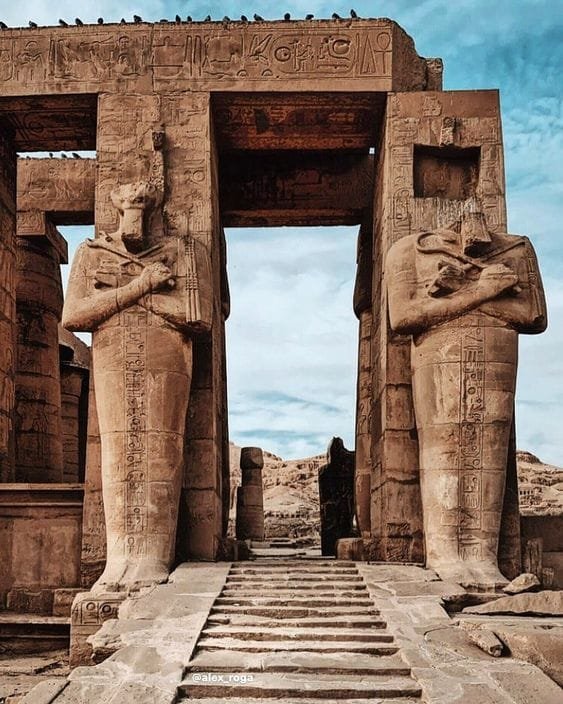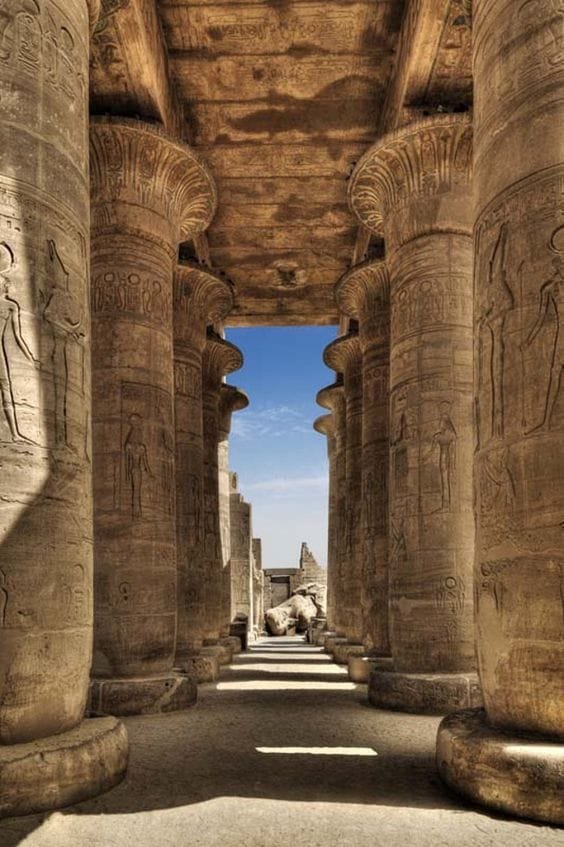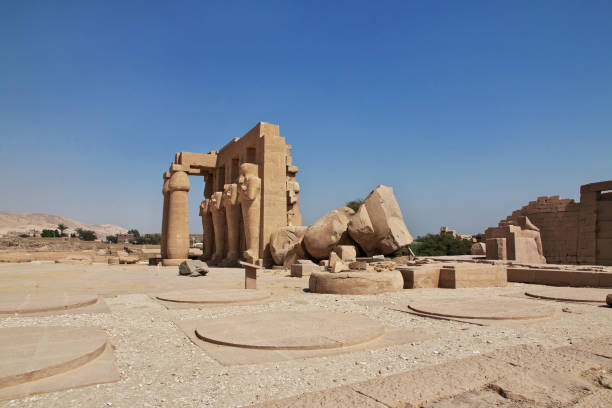The Ramesseum, located on the west bank of the Nile near Luxor, is one of Egypt’s most significant and awe-inspiring ancient monuments. Built by the great Pharaoh Ramses II, also known as Ramses the Great, during the 13th century BCE, this mortuary temple was intended to honor the ruler’s divinity, military triumphs, and his enduring legacy. Although much of the temple has suffered the ravages of time, earthquakes, and natural disasters, the Ramesseum still stands as a testament to the might and grandeur of Ramses II and ancient Egypt’s architectural and artistic brilliance.
Ramses II, who reigned for an astonishing 66 years, is often regarded as one of Egypt’s most powerful and effective rulers. His reign was marked by military conquests, extensive building projects, and a deep connection with the gods, all of which are reflected in the temple’s design and artwork. The Ramesseum, like other mortuary temples of the New Kingdom, was not only a place of worship but also a symbol of the Pharaoh’s divine right to rule. Through its monumental statues, elaborate reliefs, and religious iconography, the temple tells the story of Ramses II’s greatness, ensuring that his name and legacy would endure long after his death.
In this blog, we will explore the Ramesseum’s significance, from its architectural design and religious importance to the role it plays in understanding the art and iconography of ancient Egypt. Despite its state of ruin, the Ramesseum remains an essential part of Egypt’s cultural heritage, offering visitors a unique glimpse into the power and divinity of one of Egypt’s most famous Pharaohs.


